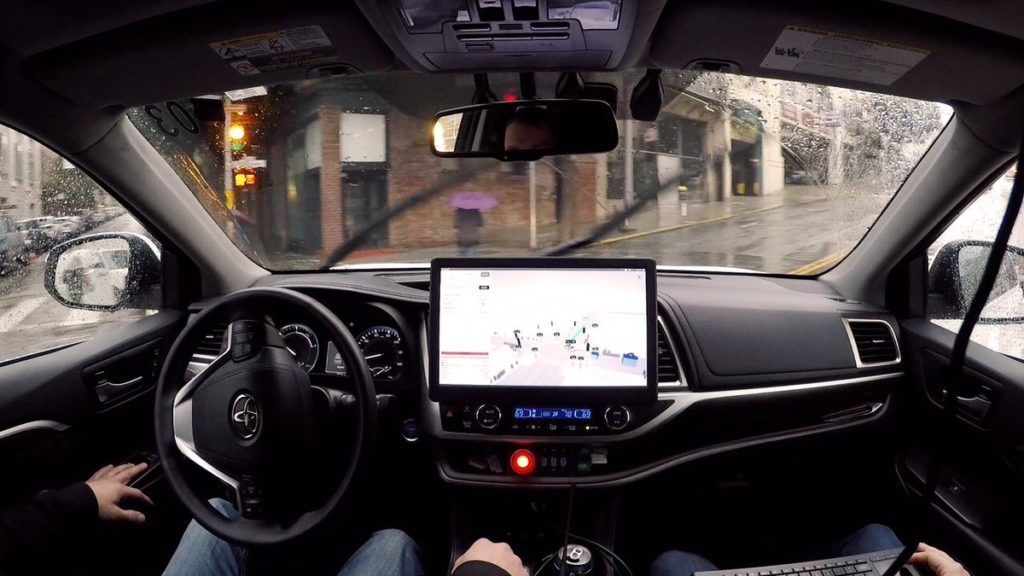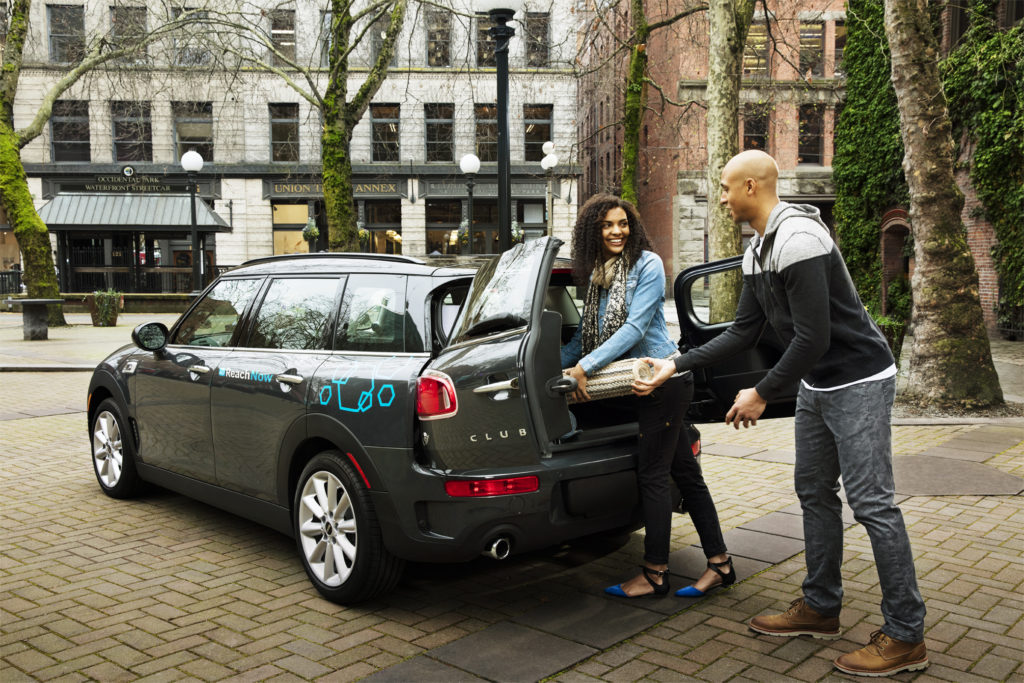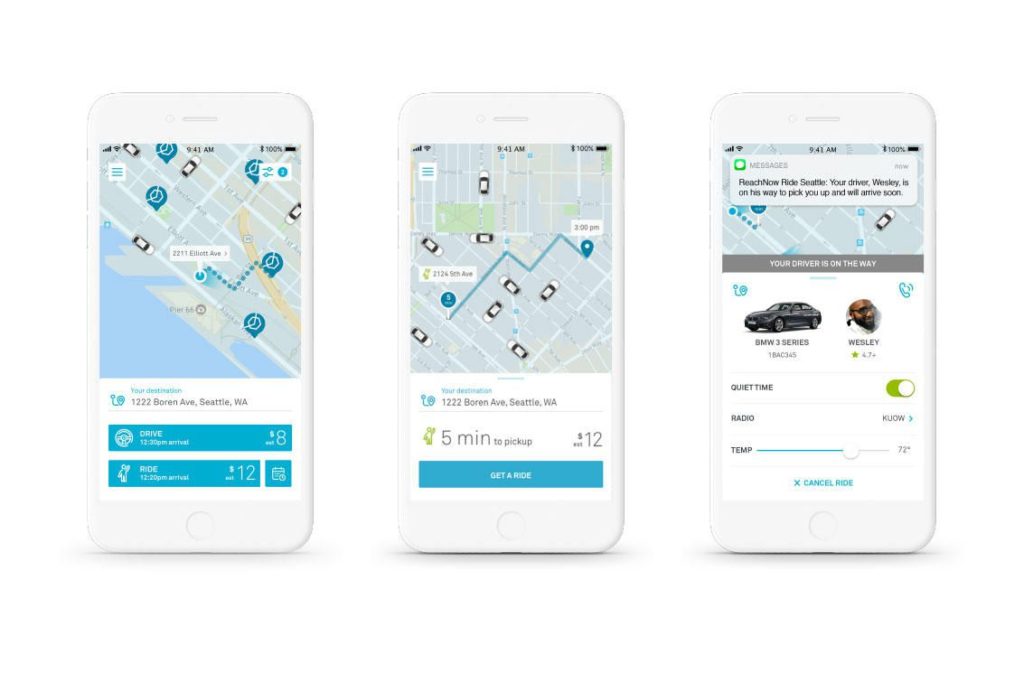
Self-driving startup raises another $500M to take on Uber by 2020

While every leading company in the autonomous vehicle creation space has been busy furbishing traditional vehicles with sensors and software that enable self-driving, one Silicon Valley startup has been quietly building its own autonomous electric vehicle from scratch. In the four years that it has spent in the stealth mode, Zoox must have done something right, for how else do you explain a company with no ready product or customers lined up raising a cool $800 million in funding and being valued at $3.2 billion?
Of the $800 million, $500 million have come Zoox’s way this month, led by Australian billionaire Mike Cannon-Brookes. And Cannon-Brookes stresses in an interview with Forbes that his investment in Zoox is a testimony of his belief in the startup’s vision. “Leading the round and writing a more than $100 million check out of my own money is not a small commitment. It’s a big-ass check, no doubt about it,” he says.
The last few years have seen Zoox expand its five-people team to a 500-strong force, with new recruits being hired almost on a daily basis today. Even then, the startup’s plan to deploy its autonomous vehicles commercially as a ride-sharing service by 2020 seems aggressive to most. (Though that may have more to do with the bureaucratic hurdles the company may face during a public deployment and not necessarily because its technology is wanting)
In a video released this week, Zoox gives viewers a taste of its autonomous prowess. You can see the vehicle yielding to U-turning vehicles and detecting pedestrians during night driving. It also slows down aptly for unprotected turns with crowds and can navigate highway tunnels without GPS assistance. When it comes to merging on to busy highways, the Zoox vehicle displays the same level of patience to find a gap as it does for passing bicyclists on city streets.
So, it’s not surprising that Microsoft Founder Bill Gates felt safe enough to test Zoox’s driverless technology on a rainy San Francisco afternoon earlier this year, as did Nvidia CEO Jensen Huang.
Zoox’s self-driving, ride-sharing cars do not have a steering wheel or a dashboard, but the window screens are equipped to flash welcome messages to passengers. The roomy cabin seats four people comfortably. And if you want to learn more about Zoox’s journey, this Bloomberg Businessweek article has all the deets.









